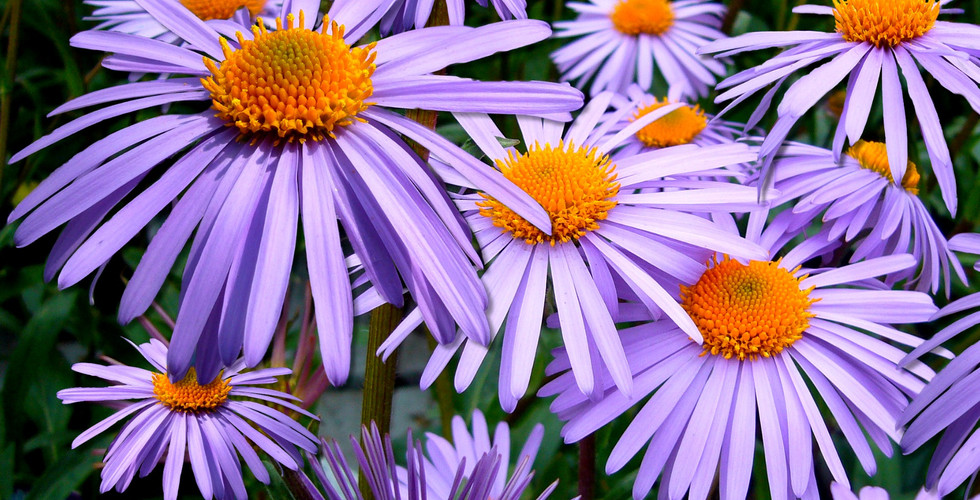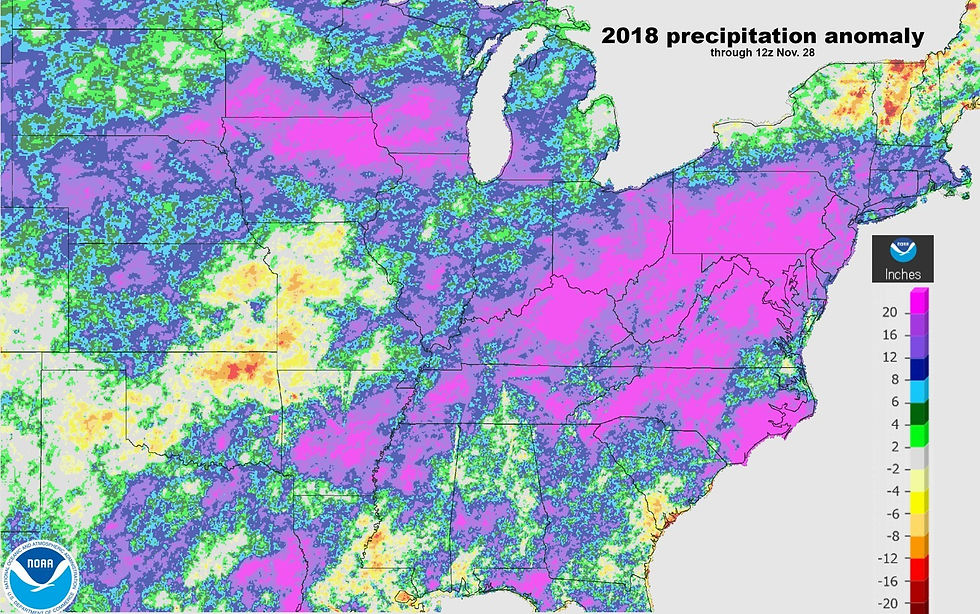Honeybee Friendly Plants
- Watershed Moments
- Jul 28, 2017
- 2 min read
The honey bee pollinates 75 percent farmed foods we eat, such as berries, apples, cantaloupes, cucumbers, almonds, to name a few for an annual total of $15 Billion. Plus, another $150 Million in U.S. honey. To keep American tables stocked with high-quality produce and our agriculture industry running smoothly, it is critical to keep the bee population safe. If you love to garden, it might be time to take out your shovels and start planting flowers that help bolster the honeybee population, which is in danger of extinction. The overuse of pesticides as well as parasitic attacks severely affect the honeybee population and our food supply. Planting bee-friendly flowers that bloom in different seasons will not only help the bee population, but help us preserve the fruits and vegetables we love to eat.
Let’s roll up our sleeves and start planting!
Black-eyed Susan:
The Black-eyed Susan are daisy-like flowers, each flower has a short cone with disc florets. They tolerate wet, moist and dry soils, including sandy or clayey soils, with little pest issues. They are deer resistant and drought tolerant. They like full sun or part shade and most importantly in today’s world, attracts pollinators, (native bees) butterflies and songbirds.
Asters:
These beautifully colorful flowers come in pinks, blues and purples and bloom in late-summer and fall. When other flowers in your garden are no longer blooming, honeybees can still feed on these beautiful flowers.
Pale Purple Coneflower:
This elegant flower, otherwise known as Echinacea, is a magnet for honeybees that provides both pollen and nectar. When in bloom, this flower will feed lots of bees and a few butterflies as well.
Sunflower:
These prolific flowers give way to lots of oil-rich seeds that are enjoyed by birds and humans alike! Honeybees love these beautiful flowers that come in shades of yellow, gold, red and orange. Best of all, Sunflowers (Helianthus angustifolius, decapatalus and divaricatus) are native to most mid-Atlantic states.
These flowers are sun-loving and grow best in soils with regular to good drainage. These will be a beautiful addition to any garden and the honeybees will love them.


















Comments